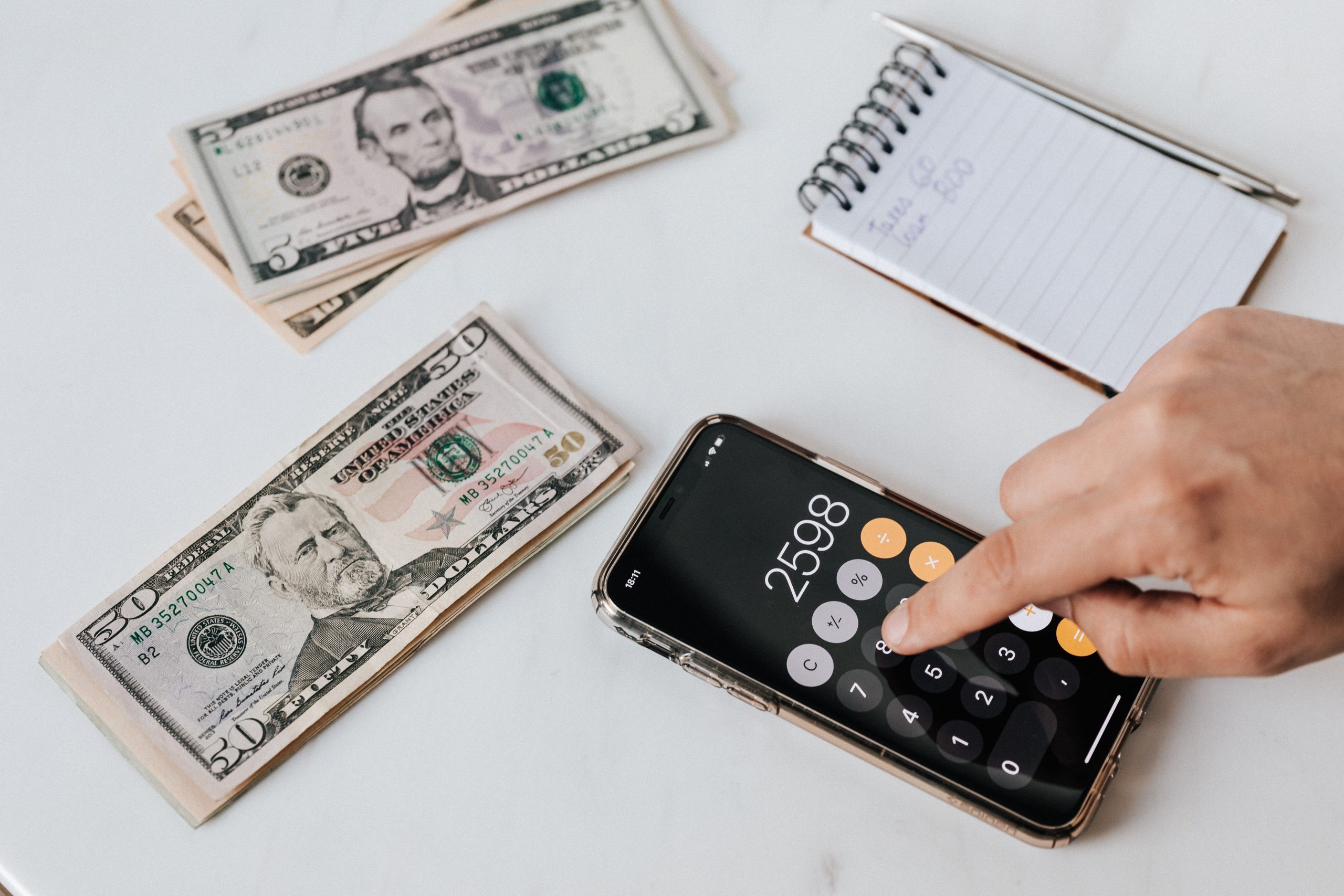In an age where digital payments dominate the financial landscape, the concept of cash stuffing might seem antiquated. However, this budgeting method has gained traction among those seeking a more tangible approach to managing their finances. Cash stuffing involves allocating physical cash to various expense categories, helping individuals maintain better control over their spending and savings. This article delves into the principles of cash stuffing, its benefits, and how it compares to other budgeting methods.
What is Cash Stuffing?

Cash stuffing, also known as the envelope system, is a budgeting strategy where individuals divide their monthly income into different categories and place the allotted cash into separate envelopes. Each envelope is labeled with a specific expense category, such as groceries, entertainment, or utilities. Once the money in an envelope is spent, no more money can be used for that category until the next budgeting period. This method forces individuals to live within their means and prevents overspending.
Steps to Implement Cash Stuffing
- Determine Monthly Income and Expenses
The first step in cash stuffing is to calculate your total monthly income and list all your expenses. This includes fixed expenses like rent, utilities, and insurance, as well as variable expenses such as groceries, dining out, and entertainment.
- Categorize Your Expenses
Once you have a clear picture of your income and expenses, categorize your expenses into different groups. Common categories include housing, transportation, food, entertainment, savings, and debt repayment. Assign a specific amount of cash to each category based on your budget.
- Create Envelopes
Create physical envelopes for each expense category and label them accordingly. Place the allocated cash into each envelope at the beginning of the month. You can use regular envelopes, or purchase specialized cash envelope wallets available online.
- Track Your Spending
Throughout the month, use only the cash from the designated envelopes for each expense. This method helps you track your spending and ensures you do not exceed your budget in any category. If an envelope runs out of cash, you must wait until the next month to replenish it.
- Adjust as Needed
Review your spending at the end of each month and adjust your budget if necessary. If you find that you consistently run out of cash in certain categories, consider reallocating funds or cutting back on other expenses.
Benefits of Cash Stuffing
Improved Spending Awareness
Handling physical cash makes you more aware of your spending habits. Seeing the actual money leave your hands can deter impulse purchases and encourage more mindful spending.
Better Budget Control
Cash stuffing provides a clear and straightforward way to control your budget. It eliminates the risk of overspending with credit cards or digital payments, as you are limited to the cash in each envelope.
Debt Reduction
By adhering to a strict budget, you can allocate more funds toward debt repayment. This method helps prioritize debt reduction and prevents accumulating new debt through overspending.
Savings Promotion

Cash stuffing can also promote savings. By creating envelopes for savings goals, such as an emergency fund or vacation, you can visually track your progress and stay motivated to save.
Reduced Financial Stress
Knowing exactly how much money you have for each expense can reduce financial stress. This method provides a clear plan for managing your money, reducing the anxiety associated with unpredictable spending.
Comparative Analysis: Cash Stuffing vs. Other Budgeting Methods
Digital Budgeting Apps
Advantages:
- Convenience: Digital apps offer real-time tracking and accessibility.
- Automation: Automatic categorization and expense tracking.
- Integration: Sync with bank accounts and credit cards.
Disadvantages:
- Overspending Risk: Easy to overspend with credit cards and digital payments.
- Subscription Fees: Some apps require monthly fees.
- Privacy Concerns: Sharing financial data with third-party apps.
Zero-Based Budgeting
Advantages:
- Detailed Planning: Every dollar is allocated, leaving no money unaccounted for.
- Financial Discipline: Promotes strict adherence to a budget.
- Flexibility: Can be done manually or with digital tools.
Disadvantages:
- Time-Consuming: Requires detailed tracking and adjustments.
- Complexity: Can be overwhelming for beginners.
50/30/20 Budget
Advantages:
- Simplicity: Easy to understand and implement.
- Flexibility: Allows for discretionary spending.
- Balance: Promotes a balanced approach to budgeting.
Disadvantages:
- Lack of Detail: May not account for specific financial goals.
- Overspending Risk: Less control over variable expenses.
Cash Stuffing
Advantages:
- Tangibility: Physical cash enhances spending awareness.
- Control: Limits overspending by restricting cash availability.
- Simplicity: Easy to set up and manage without technology.
Disadvantages:
- Inconvenience: Carrying cash can be impractical in a digital world.
- Security: Risk of losing cash or theft.
- Lack of Automation: Manual tracking required.
Comparative Table
| Budgeting Method | Advantages | Disadvantages |
| Digital Budgeting Apps | Convenience, automation, integration | Overspending risk, subscription fees, privacy concerns |
| Zero-Based Budgeting | Detailed planning, financial discipline, flexibility | Time-consuming, complex |
| 50/30/20 Budget | Simplicity, flexibility, balance | Lack of detail, overspending risk |
| Cash Stuffing | Tangibility, control, simplicity | Inconvenience, security risk, lack of automation |
Analysis Table
| Criterion | Cash Stuffing | Digital Budgeting Apps | Zero-Based Budgeting | 50/30/20 Budget |
| Convenience | Low | High | Medium | High |
| Spending Awareness | High | Medium | High | Medium |
| Budget Control | High | Medium | High | Medium |
| Debt Reduction | High | Medium | High | Medium |
| Savings Promotion | High | Medium | High | Medium |
| Financial Stress | Low | Medium | Medium | Low |
Conclusion
Cash stuffing is a powerful budgeting strategy that can help individuals gain better control over their finances. By physically allocating cash to different expense categories, this method promotes spending awareness, better budget control, and encourages savings and debt reduction. While it may not offer the convenience of digital budgeting apps, the tangibility and simplicity of cash stuffing make it an effective tool for those seeking a more disciplined approach to managing their money. Whether you choose cash stuffing or another budgeting method, the key to successful financial management lies in consistent tracking, mindful spending, and regular adjustments to your budget.










